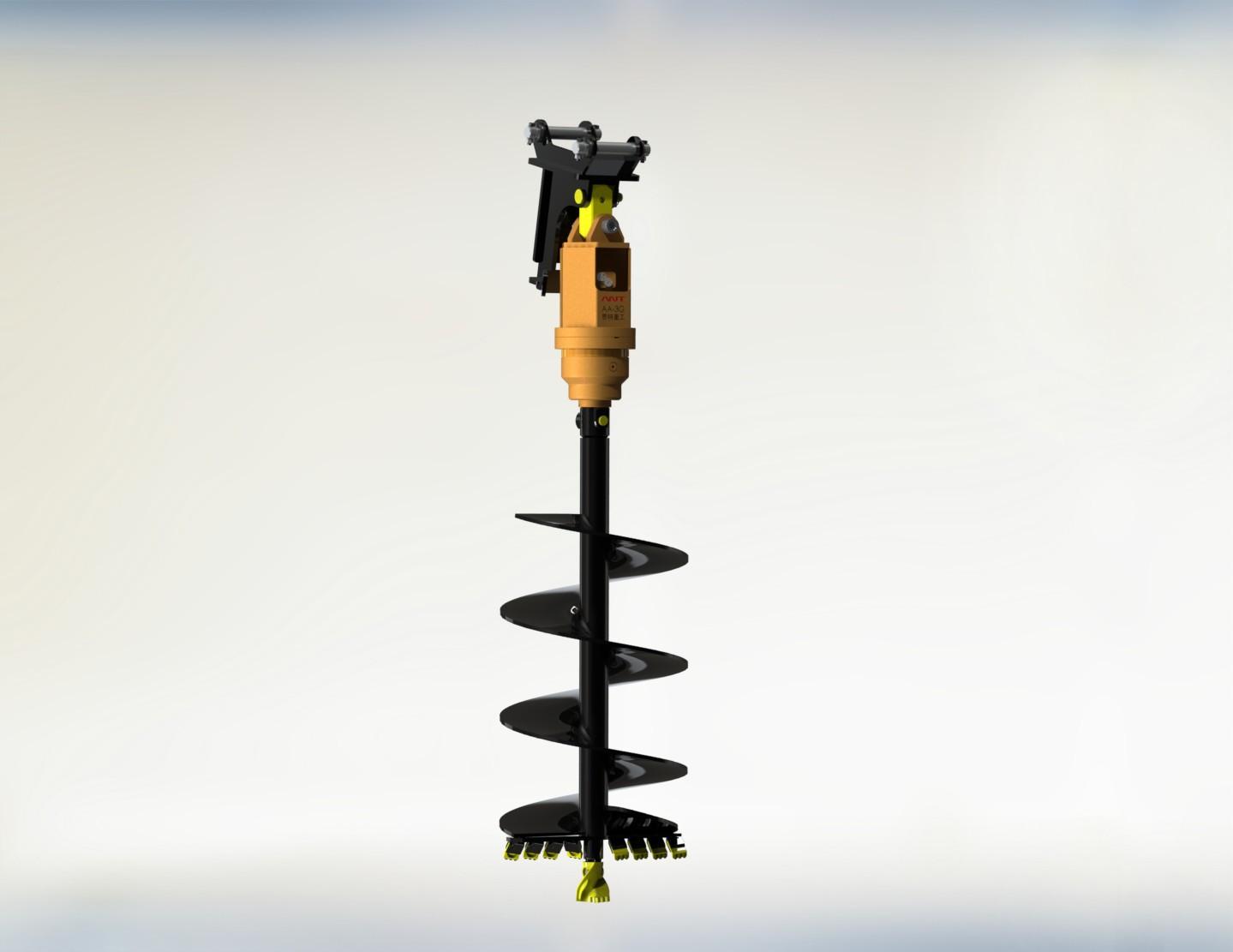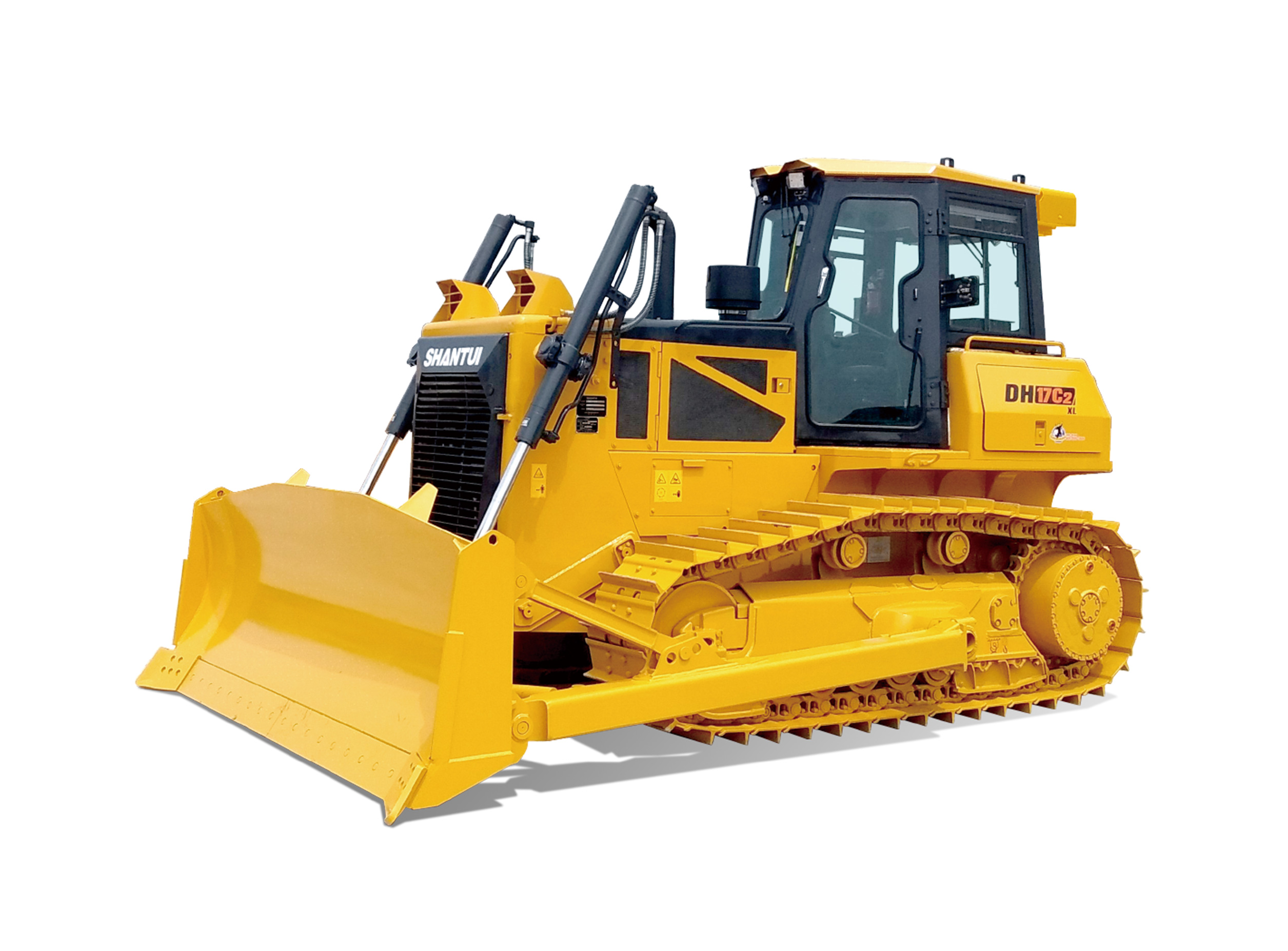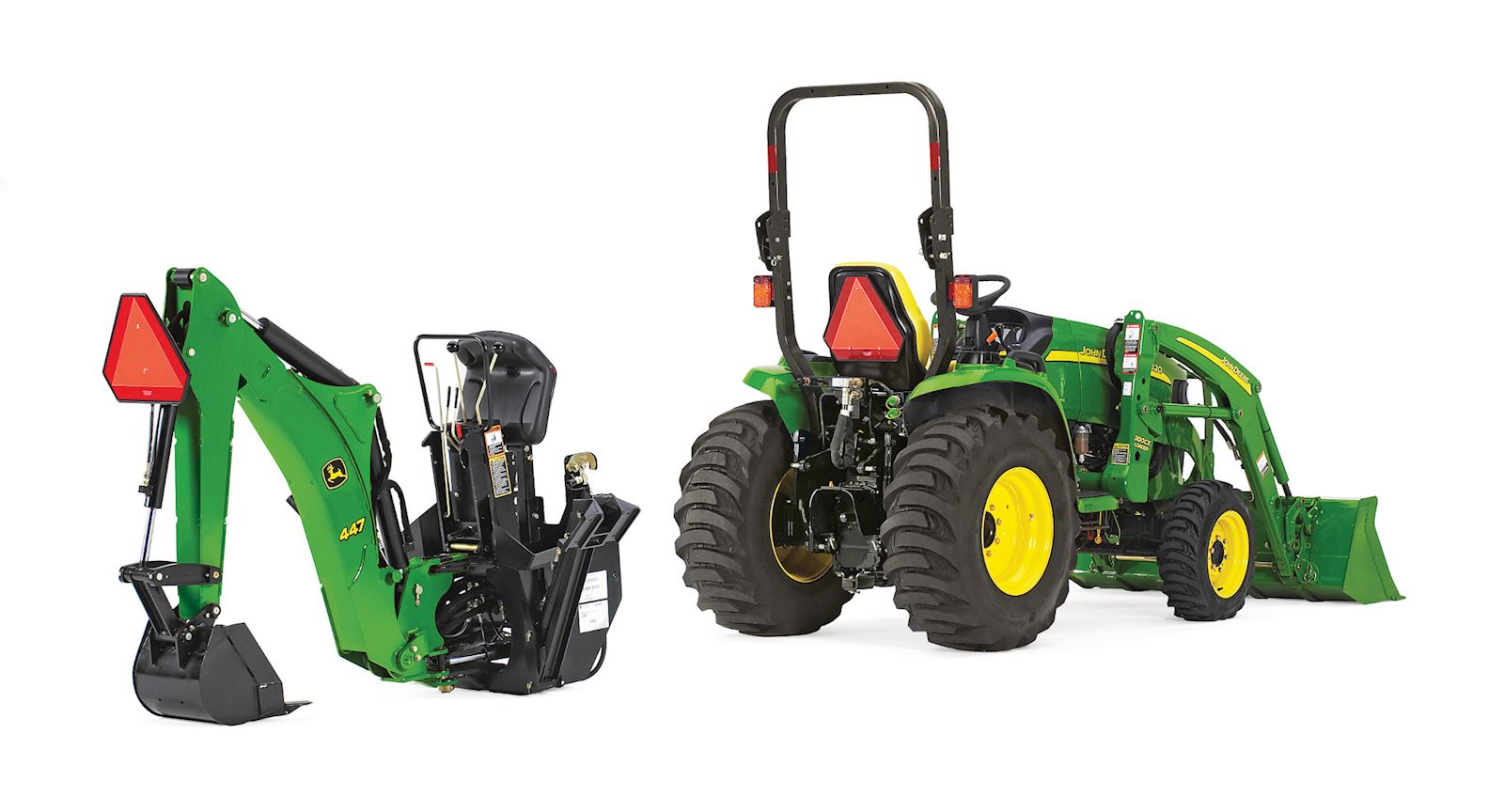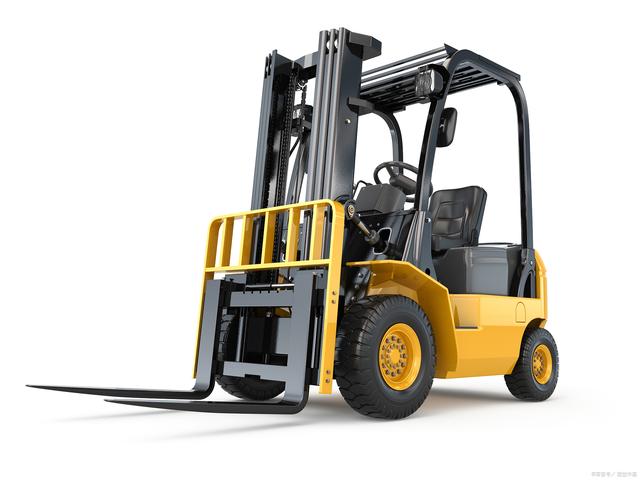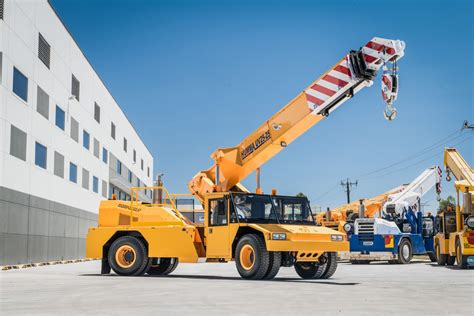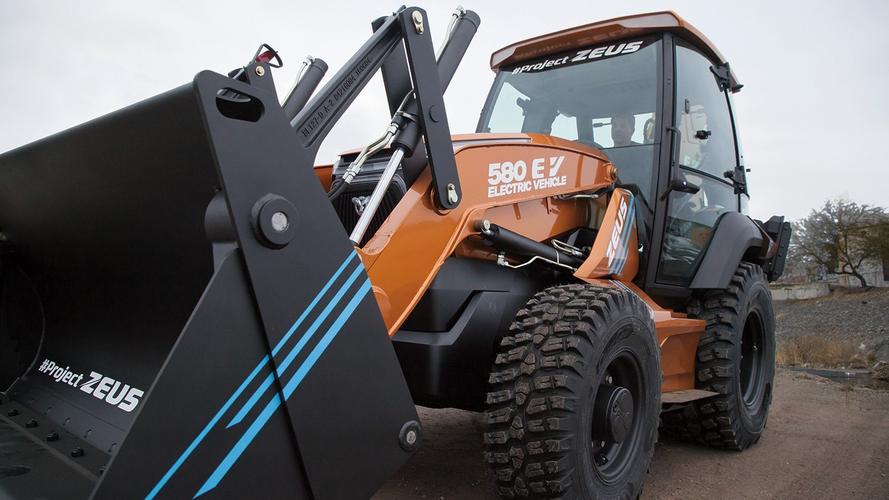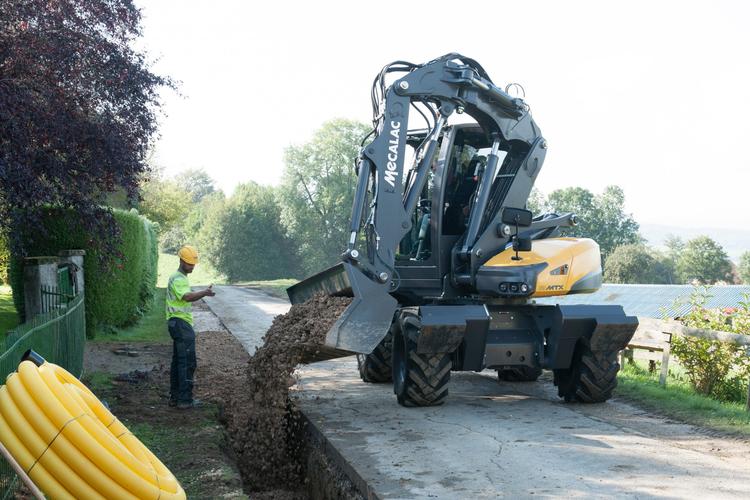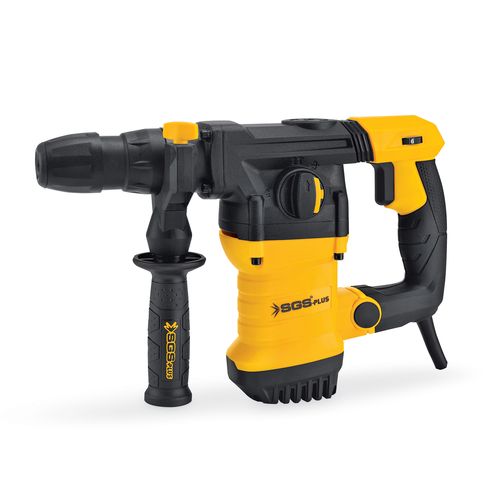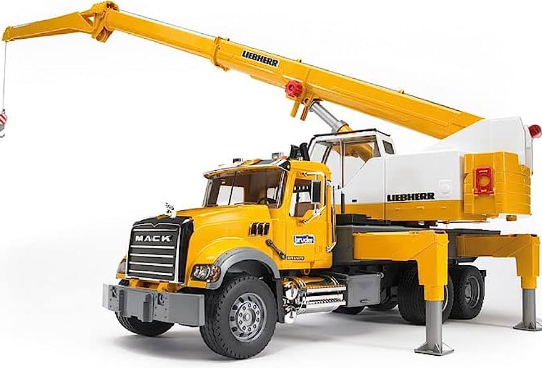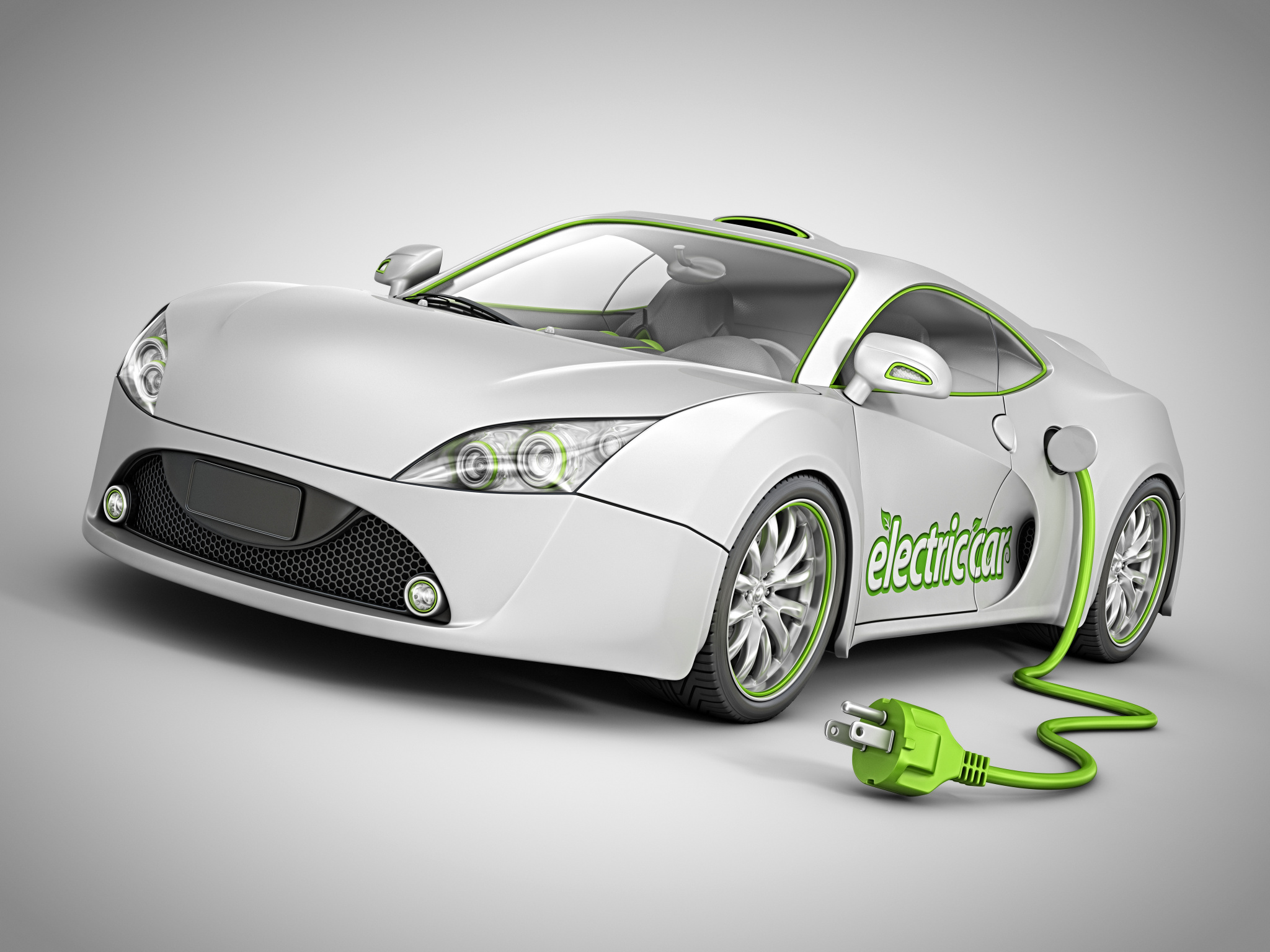Tractors are a reliable and efficient tool for farmers and gardeners, but they require some maintenance and proper care to keep them running smoothly. Sometimes, tractors sit unused for an extended period, and when it's time to use them again, starting them can be a challenge. There are a few things that you can do to get your tractor moving once again. In this article, we'll explore the steps on how to start a tractor that has been sitting.
Check the Tractor Battery
The first thing you should do is check the condition of the tractor battery. If you left the tractor sitting idle for an extended period, particularly during the winter season, the battery could have drained. Once the battery drains, it becomes difficult to get your tractor started. You can use a battery tester or a multimeter to check the charging system. If your battery reads below 12 volts, it needs to be charged or replaced.
It is advisable to maintain your tractor battery by charging it once every three months, even if not in use. Also, always store the battery in a safe, dry place, away from corroding agents and dust.
Check the Fuel System
The fuel system is another area that needs proper checking when you are starting your tractor after a long break. Fuel tanks that sit idle for an extended period can build up debris and sludge that can clog the fuel system. If you suspect that the fuel has gone bad, it is advisable to drain and flush the fuel tank, filter, and lines before adding new fuel.
After fueling your tractor, you should also turn on the fuel valve and allow the fuel to reach the carburetor for a few seconds before starting the engine. This process will let the tractor's fuel system fill with fresh fuel from the tank.
Check the Oil Level
Regularly checking the oil level is one of the standard maintenance practices that you should be doing with your tractor. However, it is critical when starting your tractor after a long break. When your tractor sits unused, the engine oil can become thick and clog the oil filter. Therefore, check the oil level, and if it is low, add an appropriate amount of oil, as recommended in the user manual.
Always ensure you change the oil and oil filter in the tractor's engine periodically. This will keep your tractor's engine running efficiently and prolong its life.
Engage the Clutch while Starting
Lastly, when starting your tractor, ensure to engage the clutch pedal and shift the gear into neutral or park. This helps to isolate the transmission from the engine, making it easier to start the engine. You don't want your tractor moving suddenly when starting the engine.
After starting the engine, depress the clutch pedal and slowly shift the gear into the required position while beginning to operate your tractor.
Conclusion
In conclusion, tractors are great tools for farmers, gardeners, and anyone requiring work on their land. They are reliable, but it is essential to take care of them properly. If your tractor sits idle for long periods, it may require a little effort to get it started again. By following the steps outlined above, you can start your tractor safely and effectively and keep it running for years to come.

